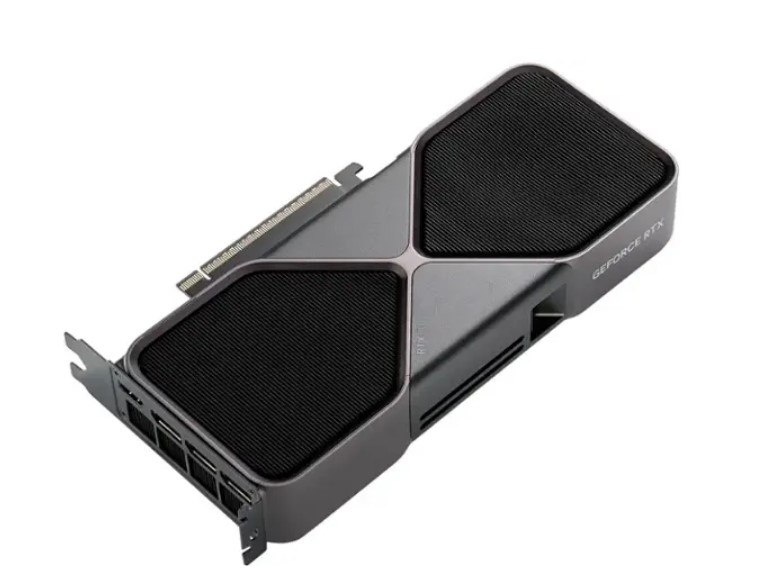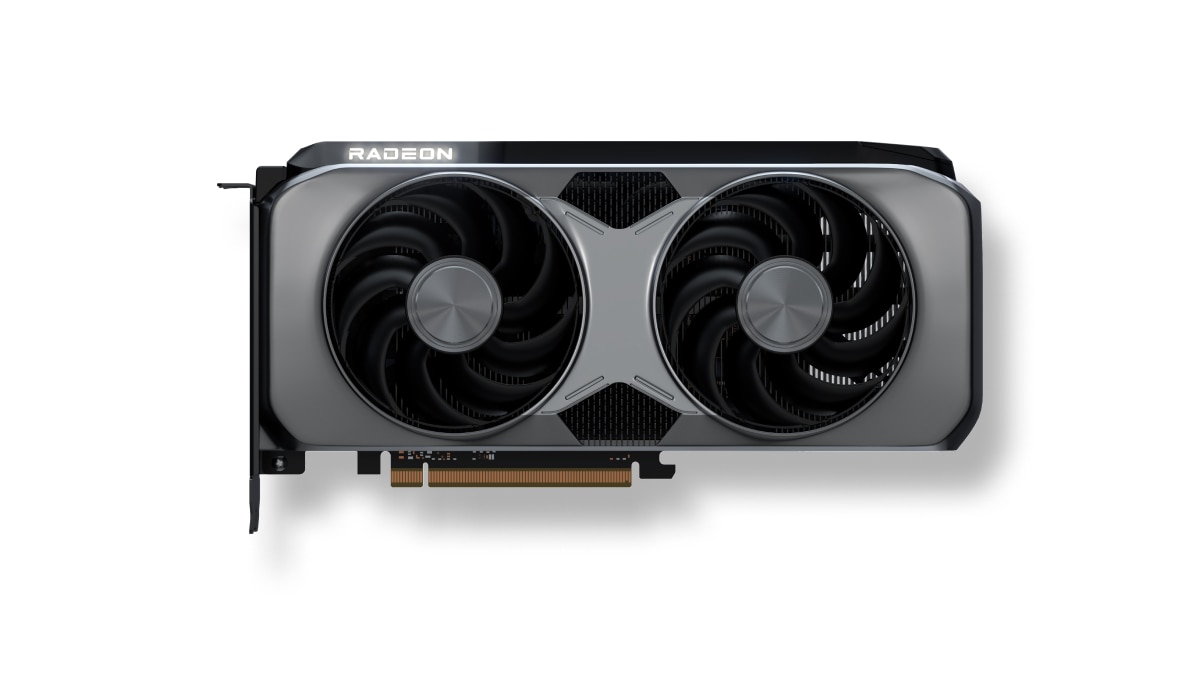RX 9070 vs RTX 5070 Ti spec comparison – how do the mid range cards compare?

Table of Contents
Finally, AMD has shown off its RDNA 4 graphics cards after quite a decent time of silence on the matter and a lack of announcement at CES. This also gave Nvidia all the time to release its RTX 50 series, as it released three different GPUs to sell out and gain plenty more market share over AMD.
However, that gives AMD the chance to offer some GPUs to buy if they don’t sell out, which AMD has said should have excellent availability across all markets. As the RTX 5070 Ti sold out, the new RX 9070 might be the answer. That’s why we compare the two, pitting the RX 9070 vs RTX 5070 Ti to see if it is a good alternative or doesn’t quite meet the mark.
Prime Day may have closed its doors, but that hasn't stopped great deals from landing on the web's biggest online retailer. Here are all the best last chance savings from this year's Prime event.
- Sapphire 11348-03-20G Pulse AMD Radeon™ RX 9070 XT Was $779 Now $719
- AMD Ryzen 7 7800X3D 8-Core, 16-Thread Desktop Processor Was $449 Now $341
- Skytech King 95 Gaming PC Desktop, Ryzen 7 9800X3D 4.7 GHz Was $2,899 Now $2,599
- LG 77-Inch Class OLED evo AI 4K C5 Series Smart TV Was $3,696 Now $2,996
- AOC Laptop Computer 16GB RAM 512GB SSD Was $360.99 Now $306.84
- Lexar 2TB NM1090 w/HeatSink SSD PCIe Gen5x4 NVMe M.2 Was $281.97 Now $214.98
- Apple Watch Series 10 GPS + Cellular 42mm case Smartwatch Was $499.99 Now $379.99
- AMD Ryzen 9 5950X 16-core, 32-thread unlocked desktop processor Was $3199.99 Now $279.99
- Garmin vívoactive 5, Health and Fitness GPS Smartwatch Was $299.99 Now $190
*Prices and savings subject to change. Click through to get the current prices.
Both generations bring plenty of upgrades to improve their offerings. Nvidia has DLSS 4 and multi-frame generation to boost its performance in games that support it. In contrast, AMD is offering FSR 4 to try and compete in the same space. So we look forward to seeing how that compares in our RDNA 4 reviews when we put it through our testing lab. The same is the case for the 5070 Ti; instead, we compare the specs and features of the two.
RX 9070 vs RTX 5070 Ti specifications
The table below gives us an overview of how the core specs of the two graphics cards compare.
| Specifications | RX 9070 | RTX 5070 Ti |
|---|---|---|
| Compute units | 56 | 70 (SMs) |
| RT Accelerators | 56 | 70 (RT Cores) |
| Peak AI TOPS | 1165 | 1406 |
| Boost clock speed | 2.52 GHz | 2.45 GHz |
| Memory | 16GB GDDR6 | 16GB GDDR7 |
| TBP | 220W | 300W |
| Connectivity | PCIe 5.0 x16 | PCIe 5.0 x16 |
| Display | HDMI 2.1b DisplayPort 2.1a | HDMI 2.1b DisplayPort 2.1b |
Cores
The cores on the die are at the forefront of the cards’ capabilities and performance. They are responsible for processing and creating the graphics and any work the GPU might be required to do. However, being from two different manufacturers, the two are set up and work differently, meaning it’s harder to compare them, unlike if it was the RX 9070 XT vs 9070.
Either way, it gives us an insight into how they compare against others and what makes them tick. With the RX 9070 going for 56 compute units and ray tracing accelerators, as the RTX 5070 Ti features 70 SM’s and RT cores on its side. We also get to see the factory boost clock of the cores as the two are relatively close by default with the AMD GPU just engine ahead by 70MHz. Although you can expect to find custom models changing that, as overclocked models will change that gap.
There is also plenty of focus on AI performance these days, and both have their peak AI TOPS capability listed to compare. The 5070 Ti has a 21% increase in the trillion operations per second in AI scenarios. We’ll test that ourselves in the suite of benchmarks though to get a better comparison.
Memory
As textures and workloads become more demanding, with more and more to cache, VRAM capacity and speed are vital for great performance. This is especially true when gaming at higher resolutions, with plenty more pixels and information to process. So, we see how the two compare in the memory situation.
The memory capacity is the same between the two. Opting for 16GB should cover the majority of resolutions you expect to play at, even up to 4k for the most part. But it’s not just the capacity that impacts; the bandwidth and speed will also.
Since the new Blackwell cards use GDDR7, they are much faster than the GDDR6 on the RDNA 4 cards. The 5070 Ti has a reported 28Gbps clock, giving it an 896GB/s bandwidth. Whereas the 9070 has a supposed 19.5Gbps clock for a bandwidth of 624GB/s, which results in a 44% lower bandwidth on the AMD card.
Power and connectivity
To get these cards running, you’ll need a good power supply to go with them and give them the power to run. They do have a different rating and how much they need, as the 9070 has a board power of 220W, compared to the 5070 Ti’s 300W. That means if you’re looking to use the Nvidia card, it needs a 36% higher power spec and likely a more powerful PSU to consider for your build.
The board’s connectivity is pretty much the same in both options. The PCIe lanes are going for Gen 5 speeds, doubling what the Gen 4 could transmit to the motherboard, although it’s unlikely either card will fill up the whole bandwidth of that. Then, for the video IO, both have DisplayPort 2.1 and HDMI 2.1 to work with the latest monitors, which have high resolutions and fast refresh rates.
RX 9070 vs RTX 5070 Ti pricing
With a similar name now as AMD changes over to a similar naming scheme, the RX 9070 does bring the price undercutting the 5070. As it launches with an MSRP of $549, it has a price closer to the non-Ti Nvidia model than the 5070 Ti.
Instead, the 5070 Ti has an MSRP of $749, which is $200/36% more than the AMD card. This requires a bit more of an investment, but it might just tempt you to the AMD side when considering these two. That is, if the performance is enough to match between the two.

Verdict
Overall, the two are close in what they have to offer. Both aiming for 1440p performance with similar VRAM capabilities and the features onboard, they look to hit the same sort of market. Which you go for depends on what you’re after and the budget, as we will see how they stack up on performance and price to performance once we have the full info.


